Their sharp teeth, strong jaw, sense of smell and the way they seamlessly glide through the water keep us fascinated with these underwater creatures. Ever since the movie Jaws, the media and Hollywood have made sharks something to be feared, but we now know that only a few sharks are dangerous to humans and only an average of 5 fetal shark attcks have taken place world-wide every year. We are more of a threat to them than they are to us.
We are still on a high from Shark Week last week, and wanted to share our favorite photos and fun facts about the sharks you’ll find in the Galapagos Islands.
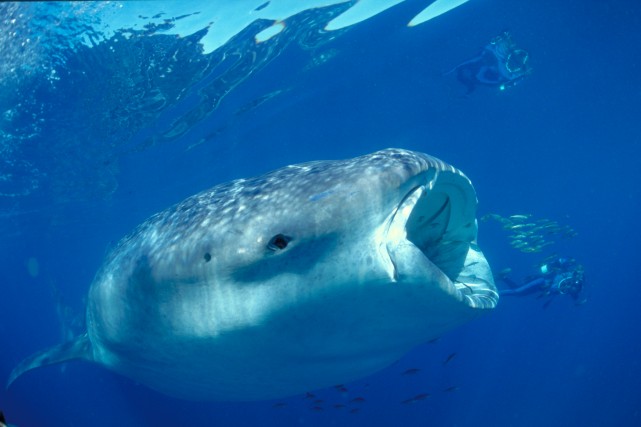
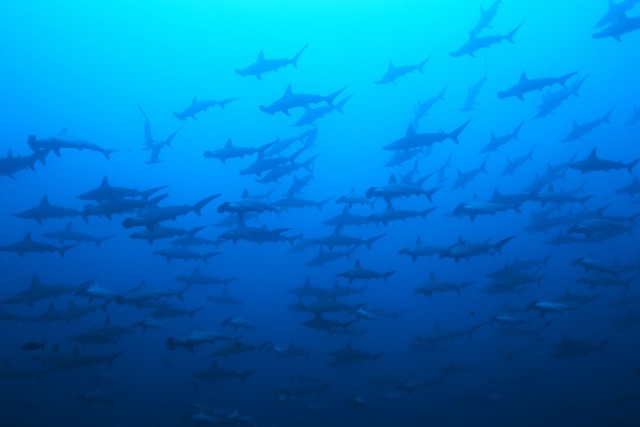
Fun Facts about the Whale Shark:
Swimming alongside whale sharks is now on many people’s bucket lists, because seeing these slow moving, enormous animals up close is an unforgettable experience!
The whale shark is the largest known fish, with the largest confirmed whale shark reaching 41 feet and weighing over 47,000 lbs. Their mouth can reach almost 5 feet wide, contain over 300 rows of tiny teeth and 10 filter pads to spearate the food from the water. As filter feeders, they don’t attack other fish to feed, their diet consists mostly of plankton and krill.
Whale sharks are gentle fish and swimmers are typically able to get up close without putting themself in danger. They are rarely seen on Galapgos cruises, but can be seen on the liveaboard boats that take divers near Darwin and Wolf.
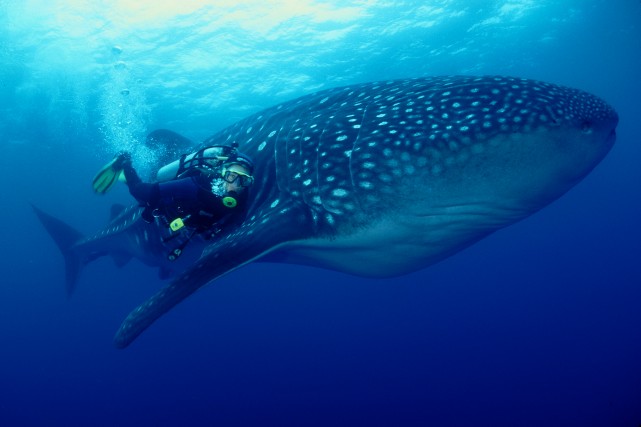
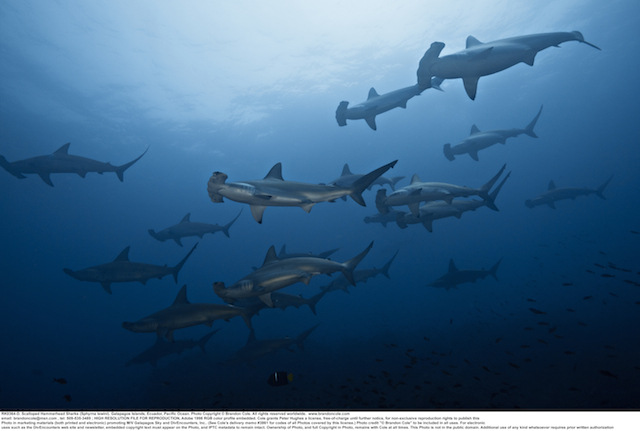
Fun Facts about the Galalpagos Shark:
The Galapagos Shark commonly reaches over 9 feet long and is seen around tropical islands, in clear waters and coral reefs. It’s primary food is bony fish such as eels, sea bass, and triggerfish. As the shark grows larger, they eat more rays and smaller sharks (including their own species). They are also known to attack and feed on sea lions and marine iguans in the Galapagos.
Being curious animals, they are known to approach close to swimmers, showing interest in swim fins or hands, but aren’t generally a threat to divers.
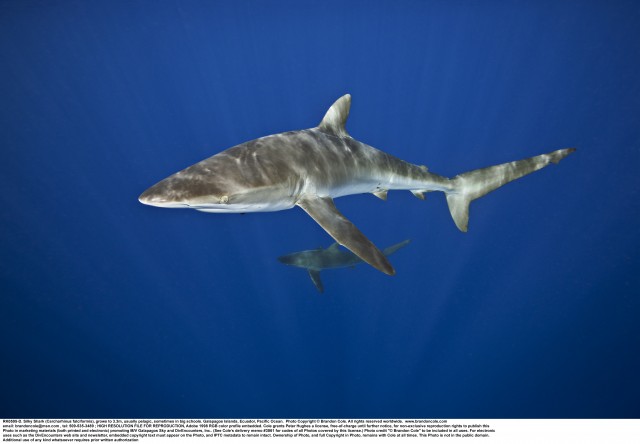

Fun Facts about Hammerhead Sharks:
Unlike other sharks, Hammerheads swim in big schools during the day and hunt solo at night. They are found in warmer waters along coastlines and are commonly viewed around the islands of the Galapagos.
The eyes on the side of their head allow them to see 360 degrees in the vertical plane, meaning they can see above them and below them at all times. Their head is used while hunting as a weapon. They will knock out their prey and then eat it while the fish is hurt or in shock.
The Great and Scalloped hammerheads have been over-fished due to the high demand for their fins, and placed on the World Conservation Unions’s Red List as endangered. These shark fins are a delicacy in Asia.

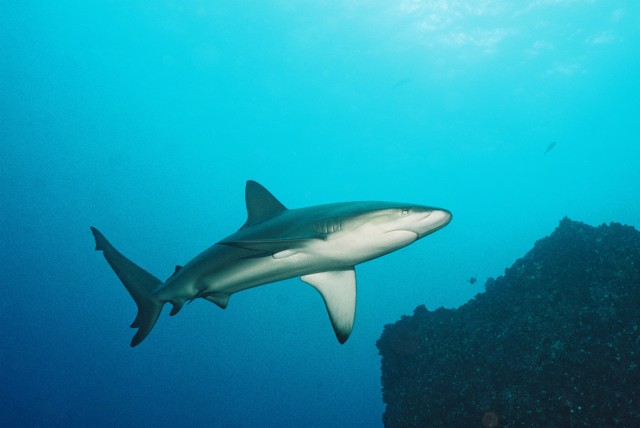
When you come to the Galapagos and see one of these magnificent animals while snorkeling or diving, don’t swim away in fear, but marvel at the power they have and the evolution they have been through over the years.




